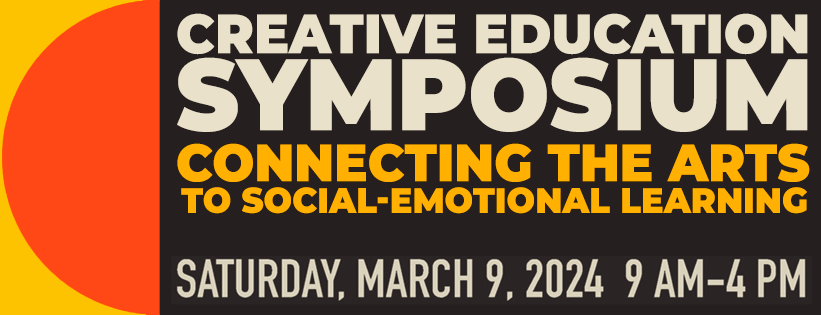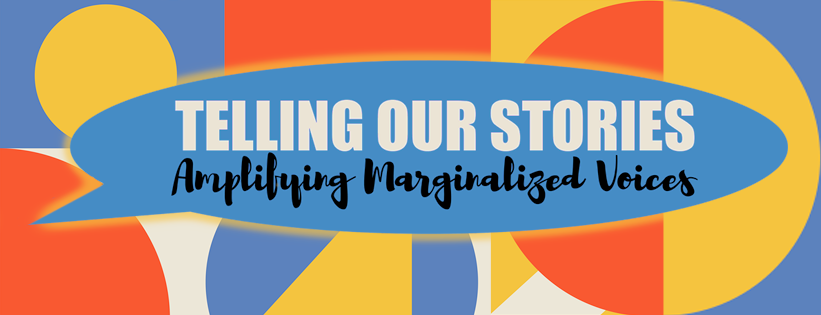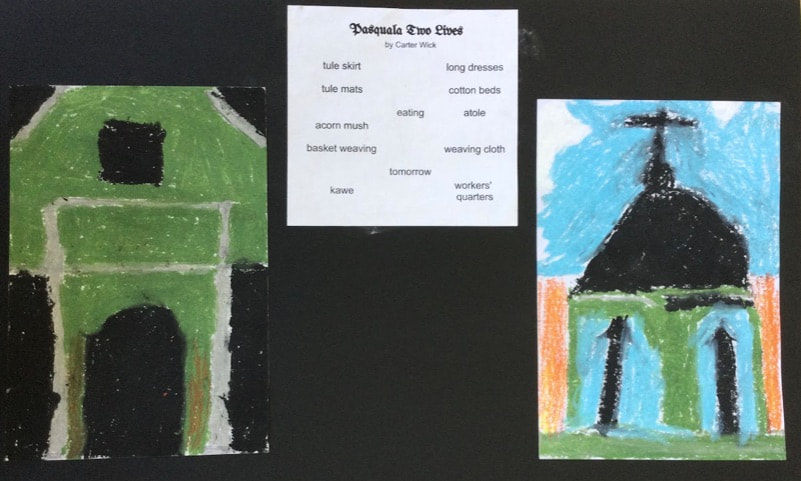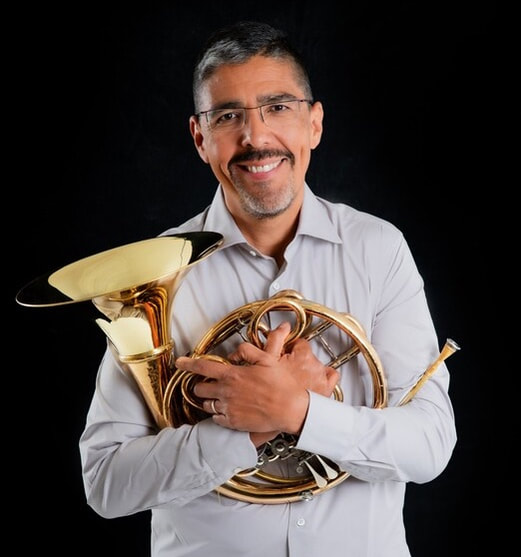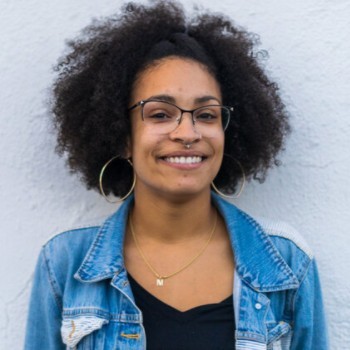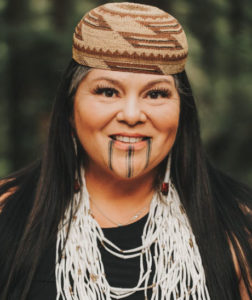California History through Diverse Perspectives, Visual Art and Poetry
Bethany Ibbitson & Jen Code
Sequoia A
The more we learn about California’s history, the more daunting it can be to teach. In this project, students explore this sensitive topic by approaching it through stories that address multiple perspectives. Two voice poetry and oil pastel artworks will be the means to acknowledge the diverse and often conflicting viewpoints in this integrated art project. This project was originally designed for perspectives on the California Missions, but extensions to applying this project to any situation involving two viewpoints will be explored. (ELA, SEL, etc)
Telling our Stories Through Sound: Composer, Musician, Audience
Armando Castellano
Sequoia B
Do you want to bring more music into your classroom? First, we need to get comfortable with our own inner musicianship. When we better understand how music making works, and put that understanding into practice, our confidence to more regularly explore music with our students becomes apparent. When our students see our confidence, it allows them to more freely explore the creative decision making inherent in the performing arts.
My Story Is Your Story, Too
Mo Harper-Desir
Annex
Storytelling is the oldest form of history-keeping, entertainment, and tradition. Aren’t some of your fondest memories stories from your past? Ones you might hear at family holidays about people you possibly never even met? Stories that tell who you are, speak to your legacy, or a future for which you’re striving? We can find the powers and gifts we possess by using our voices and our ears. In this workshop, participants will be guided through conversations on the importance of storytelling and empowering students through their stories.
We will touch on topics of youth empowerment, representation, and the importance of individual stories as a part of the whole community. Then we’ll participate in three mini-activities teachers can take back to their students to weave storytelling into their curriculum and classroom culture. Activities will include creative writing, visual arts, and movement.
Considerations for Sharing Native American Stories & Lessons
Maggie Peters
Redwood
Have you wondered about the origin of the stories we tell about Native Americans in school? Are you curious about whether those stories in our history books reflect the perspective of a living culture? Would you like to learn more about how to change the narrative to capture the vibrant Native American communities? Participants of this session will learn strategies for culturally responsive lesson development and take away resources in this “sneak peek” of the Native American Studies Model Curriculum, one of four model curricula for California’s History- Social Science Project (CHSSP).
